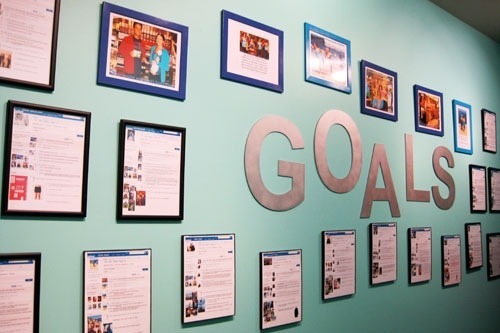Sameer wanted to plan for a Bangkok trip, but Sangeeta wanted to go somewhere within the country and save money. And, with those savings, she planned to buy gold jewellery which could have been considered as an investment for their future as well.
To sort out their differences, the couple went to their uncle, who was a CA. After listening to their points, and analysing their domestic finances, their uncle said that they could go for both foreign trip and buy jewellery if they planned their finances in a better way.
The couple shared their financial position with their uncle:
| Current asset | Amount (Rs.) |
| Real estate | 60,00,000 |
| Gold jewellery | 5,00,000 |
| Fixed deposit | 10,00,000 |
| EPF, PPF | 10,00,000 |
| Life Insurance | 4,00,000 |
| Health Insurance | Employers |
| Mutual fund | 40,000 |
| Total | 89,40,000 |
Their monthly inflow of funds:
| Income of Sameer | Rs. 75,000 |
| Income of Sangeeta | Rs. 35,000 |
| Total | Rs. 1,10,000 |
Their monthly outflow of funds:
| Household expenses | Rs. 25,000 |
| Home loan | Rs. 40,000 |
| Car loan | Rs. 10,000 |
| Insurance premium | Rs. 7,500 |
| For building a contingency fund | Rs. 5,000 |
| Mutual funds | Rs. 2,500 |
| Total expenditure | Rs. 90,000 |
| Surplus amount | Rs. 20,000 |
He made the young couple understand that they have made some good financial decisions in life such as buying a house at early 30’s. But their investments were more or less non-productive. Around 70% of their investments were in real estate and gold.
So they have to choose such instruments where more returns can be generated. The solution for Sameer and Sangeeta now is to increase their exposure in the equity market. Though they have started in a good way through mutual funds, the volume is not enough.
According to him, the thumb rule is that the percentage of risk free assets one held should more or less be equal to the age of the investor. Rest of the assets should be in high return yielding instruments. For instance, as Sameer and Sangeeta are in their early 30’s, their ideal portfolio should contain 30-35% allocation in risk free assets and 65-70% in equity assets.
It is seen that debt instruments can only generate around 8% returns after adjusting tax, whereas even at a conservative estimate, equity gives returns at around 12% if it is invested for a long term basis.
The market volatility may impact the returns in the short run, but in the long run, because of cost price averaging and the general upward trajectory of the markets, the returns are more or less assured. The couple could save Rs.20,000 per month (surplus amount), half of which can be invested in the stock market. Or, if they transfer some of their fixed deposits to more aggressive asset creation, then both their wishes can be fulfilled.
If they do not feel that direct stock market is their cup of tea, they can stick to equity based mutual funds as well. Or, if they don’t feel confident, they can start with a small amount.
But, there is one area where the couple should adopt caution or behave in a conservative way. That is insurance – for both life and health. Considering the current urban life style, their life coverage is not adequate. Today, one can get a life coverage of Rs 1 crore by paying a premium as less as Rs.5000-7000 annually.
Health insurance is another big concern. They are only relying on the insurance offered by their respective employers. But, it is always advisable that they should have their individual health insurance.
It is good that every month they are investing something to build a contingency fund. Apart from this, they should build another fund for their future baby.
If these small tips can be followed, they can fulfil their individual dreams and goals.
YOU MAY ALSO WANT TO: Calculate the returns on your long term investments using this easy-to-use Compound Interest Calculator.
